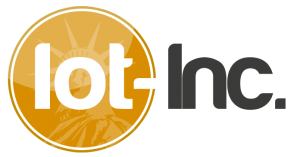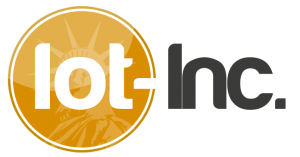At the core of business is value creation and it’s no different when using IoT. This course focuses on how to create transformative value with IoT and then how to monetize it. It demonstrates the true innovation in IoT is not the tech but how we can use and monetize the tech for business. The ICIP Business course has 16 modules with 67 video lessons. Watch select lessons by clicking the







